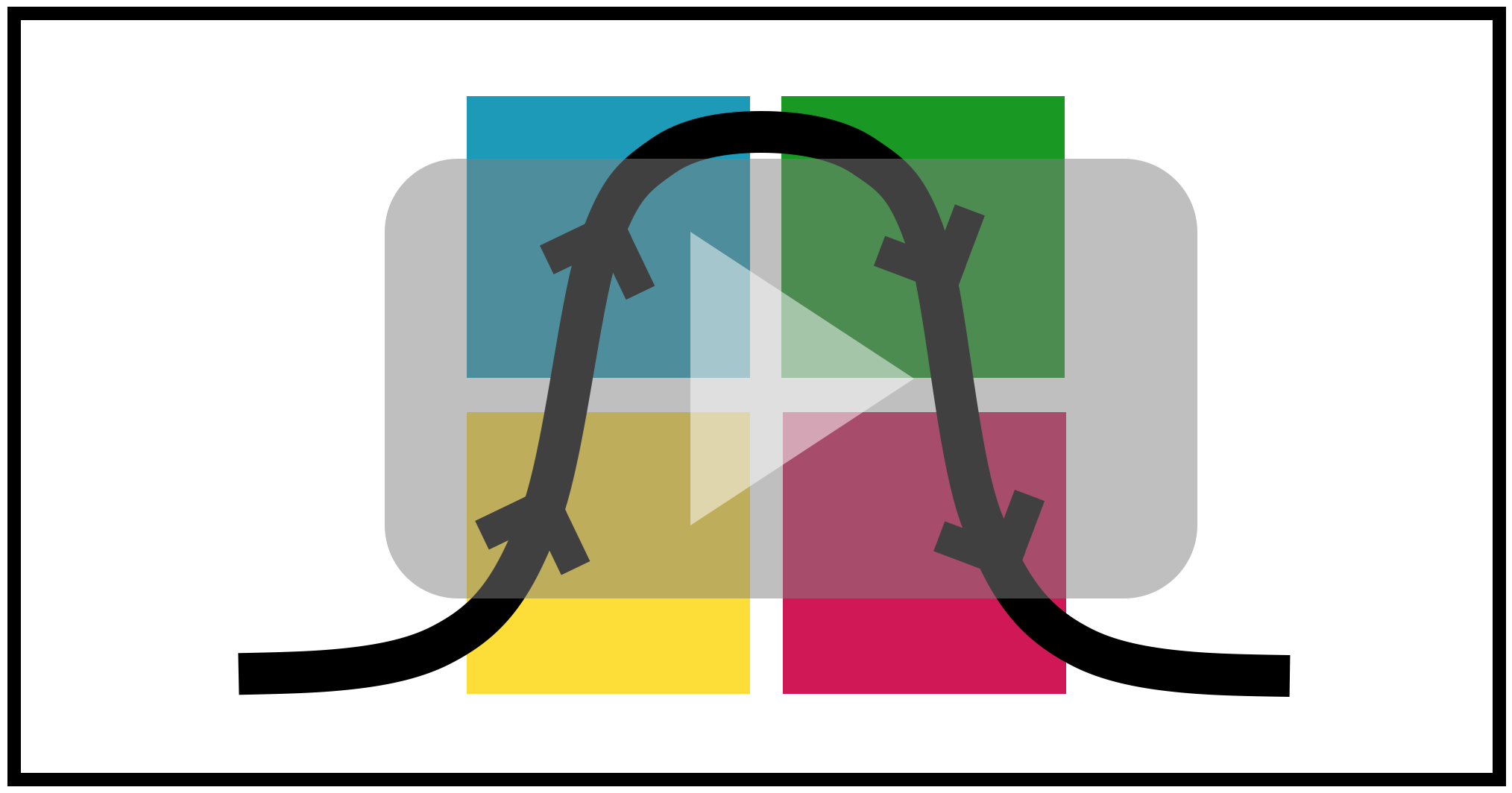Manifesto
Our courses are in crisis
In the last few years, courses have increasingly become a popular service offering for small entrepreneurs and online business owners. It seems that everyone – from newly-minted coaches to well-known thought leaders – is creating their own course or online program.
However, lately courses have been getting increasingly negative reviews:
- The vast majority of people who buy online courses don’t complete them.[*]
- While positive testimonials show that students have enjoyed their course, there are far fewer success stories with measurable, tangible results.
Perhaps you’ve felt the effects of this in your market, as your potential clients hesitate to invest in your programs, saying that they first want to implement what they’ve learned in other courses.
My own research over the past 7 years shows that the success rate of a typical live training program is less than 20%. On average, less than one out of five course participants implement what they have learned. Imagine this happening in any other industry; imagine that you had a phone that would drop over half of your calls. Most likely, you would say that the phone was useless or broken. Now imagine that all of the phones produced by a manufacturer worked that way. Consumers would not accept this, and this manufacturer would have a very short life indeed. Yet, somehow, when it comes to courses, both the course creators and the students accept low success rates as a norm.
Clearly, our courses are in crisis, our students are in crisis, and the whole teaching market is in crisis. Something in the way we create and teach courses is very broken.
Why is this a problem?
The first and perhaps most obvious impact is financial. As students grow increasingly disappointed in the courses they’ve purchased, they are much less likely to invest in new ones. In addition, they are less likely to recommend courses to their peers, which means that you will have to spend even more money and effort on marketing.
But what concerns me the most is that brilliant ideas are not creating as much effect as they could be, and that thought leaders like you are missing a precious opportunity to create lasting positive impact in the world. I hope that, like me, you are concerned about this state of affairs.
While it might be tempting to place the responsibility (and blame) on the students, we cannot shrug off our own accountability, especially when there are examples of courses that consistently create success stories for their students. Clearly, there is something that some course creators are doing right – something that the majority of course creators are missing.
How did this happen?
The process of creating truly great courses seems to be one of the well-kept secrets of the industry.
REASON 1: There’s a lack of reliable experts who know about education and course creation.
Most people who teach small business owners how to create courses come from a business background, so they approach courses from a marketing and sales perspective. Their emphasis is on Marketing & Sales, which has absolutely nothing to do with actually creating a course. In addition, most such teachers are basing their advice only on their own experience of creating courses. Often, such one-size-fits all approaches are only marginally effective.
REASON 2: There’s a lack of practical information about course creation.
Solid information on how to create high-quality and high-impact courses is available from two sources: research institutes and large companies. However, this information is not readily suitable for small business owners and thought leaders; it is primarily aimed at professional instructional designers working for larger organizations.
REASON 3: There are many myths, misconceptions, assumptions and urban legends about how teaching works and what methods are effective. Some have become so wide-spread that they are repeated by experienced teachers and are quoted in books. However, many of these common ideas about teaching are totally ungrounded and have even been explicitly disproven by research.
REASON 4: There’s a lack of high-quality courses that can serve as examples for aspiring course creators.
With so many courses created based on inaccurate information, assumptions, or trial-and-error methods, it is no wonder that the results are suboptimal. But since courses have so quickly become a popular service offering among entrepreneurs, those suboptimal examples have rapidly flooded the market and have become a sort of a status quo, a norm to be followed. In reality, it is the case of “the blind leading the blind”, where solid strategies and methods are scares while myths and inaccuracies abound.
When we, as course creators, have little or no access to accurate information about how to create courses, how to teach, what is effective and what actually works – how can we hope to create truly great courses? If we are stumbling around in the dark, no wonder we are making mistakes!
What can we do?
We need to take a hard look at our current courses.
We need to take greater responsibility for our courses and the results we offer our students.
We need to change the way we teach.
To get different results, we need to do things differently.
To do things differently, we need to think differently.
To think differently, we need to educate ourselves.
And that is my mission:
- To provide you with clear and practical information, without jargon and without abstract theories.
- To engage your critical thinking, dispelling myths and misconceptions.
- To encourage you to set the bar higher, so that you can strive for more and better results.
- To help you create amazing courses, so that you and your students can be successful.
- To help you make a bigger and deeper impact with your work.
Together!
Together, we can start a different trend for teaching. We can set a different example to our peers and to our students. As more of us join in, we are building a critical mass to change the way all entrepreneurs and teachers approach their courses and students.
Together, let’s unlock the full potential of your courses, create results for your students and a positive impact in the world. That is the Teaching Revolution.
[*] Reliable statistics on completion rates and success rates are sorely lacking. Most measurements come from the sectors of higher education or massive open online courses (MOOCs) such as Coursera – neither of which can be accurately extrapolated to the courses created by entrepreneurs and thought leaders. In our for-profit industry, disclosing actual success rates can be bad for business. For this reason, I am reluctant to quote figures pulled out of thin air, and will stick to my own general observations of trends and results.




